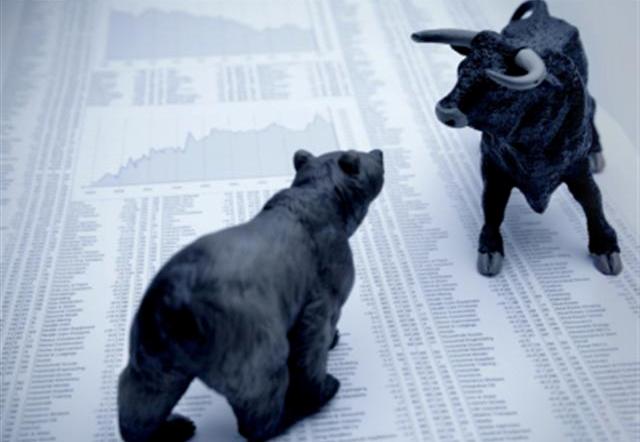A common myth is that the terms “bull market” and “bear market” originated from the way the two animals- the bulls and the bears attack a foe.
A bear attacks by swiping its paws downward while a bull tosses its horns upward. Although this is a good mnemonic it is not the true origin of these terms. Long ago, “bear skin jobbers” were notorious for selling bear skins that they had yet to procure which meant that the bear had not even been caught. This was the original source of the term “bear”.
Eventually this term stuck and was principally used to describe short sellers, speculators who sold shares that they did not own, bought after a price drop, and then delivered the shares. Since bull and bear baiting were once popular sports, “bulls” was understood as the opposite of bears and the people who bought shares in the expectation that the stock price would rise came to be referred to as bulls.
ADVERTISEMENTS:
A bull market is correlated with increasing investor confidence, motivating investors to buy in anticipation that the stock price will rise. A bull market is when everything in the economy is looking up, people are finding jobs, the gross domestic product is growing and the stocks are rising. The investor finds it easy to pick up shares in a bull market because everything looks rosy and the general movement of the market is upward. If a person is optimistic and believes that stocks will go up, he or she is called as “bull” and said to have a “bullish” outlook.
The longest and most famous bull market was in the 1900s when the U.S. and many global financial markets grew at their fastest pace ever. The Indian stock market has had a dream bull run from 2003 up until now. The Bombay Sensitive Index, which is a common proxy for the performance of blue-chip companies in the Indian bourse, rose 78% in 2004 and 39.8% in 2005.
However, going by Newton’s law of gravity where everything that goes up has to come down it seems just a matter of time before the bubble bursts and everything comes crashing down. The ongoing bullish trend could lead to a dangerous situation where stocks could become overvalued.
ADVERTISEMENTS:
A bear market is exactly the opposite of a bull market. It is adjunct to widespread pessimism. It generally happens when the economy is weak, and recession is rearing its ugly head over the economy and the stock prices are plummeting down.
Investors find it difficult to pick profitable stocks in a bear market. Investors are motivated to sell, anticipating further drop in prices. Negative sentiment feeds on itself forming a vicious circle. But despite the pessimistic nature of the bearish market one can make money when stocks are plummeting downward using a technique called short selling. One sells the shares one doesn’t possess when the prices are up anticipating a drop and then buys the shares back when the prices drop.
Another plan of action is to wait and watch until one feels that the bear market is nearing its end, only starting to buy in anticipation of a bull market.
After the Harshad Mehta scam the Indian stock market took a bearish run for many years. The most famous bear market in history was 1930 to 1932. 1967 to 1983 showed a milder long term bear market owing to the stagnated economy, the energy crisis in the seventies and the high unemployment in the early eighties.
ADVERTISEMENTS:
There are plenty of different investment styles and strategies adopted by various investors. Although the bulls and the bears are constantly at odds, they can both make money with the changing cycles in the market. But one must empower oneself with enough knowledge before one jumps in to the stock market and remember that no matter what you choose to be, bull or bear, caution is the name of the game.
